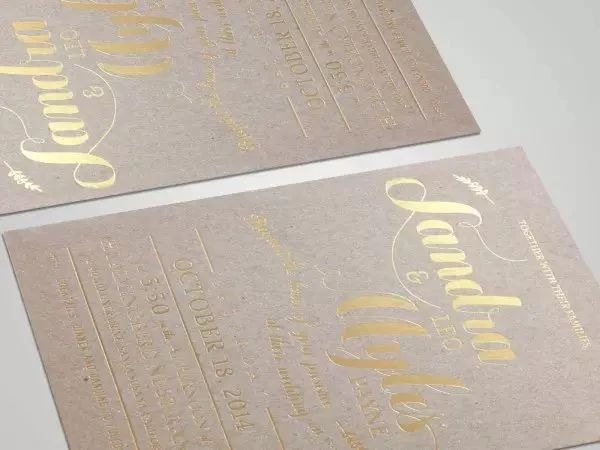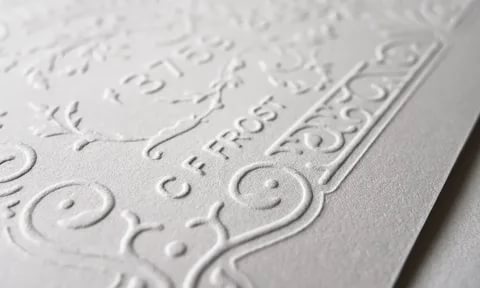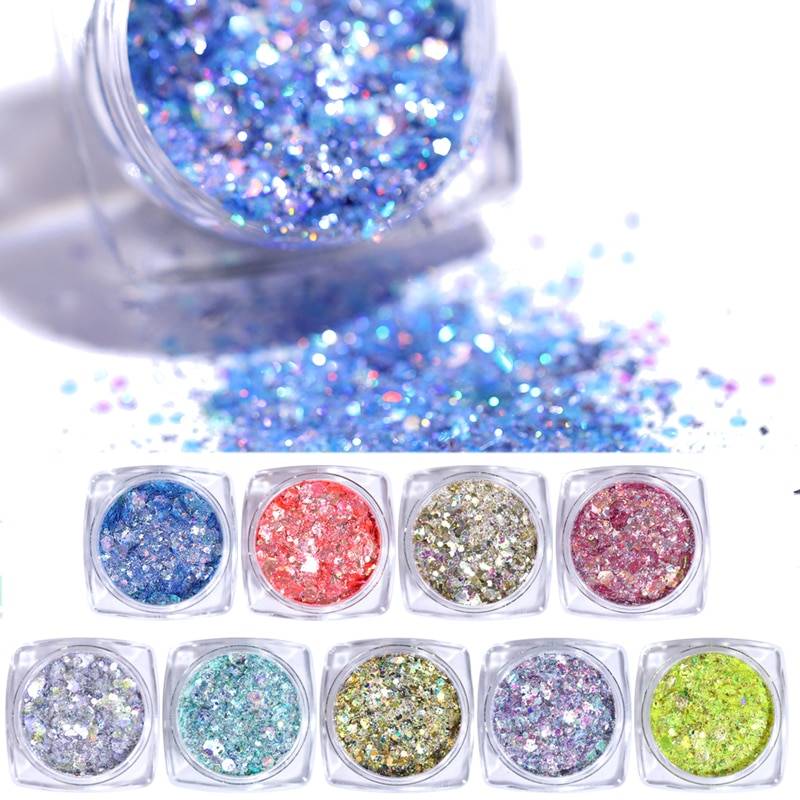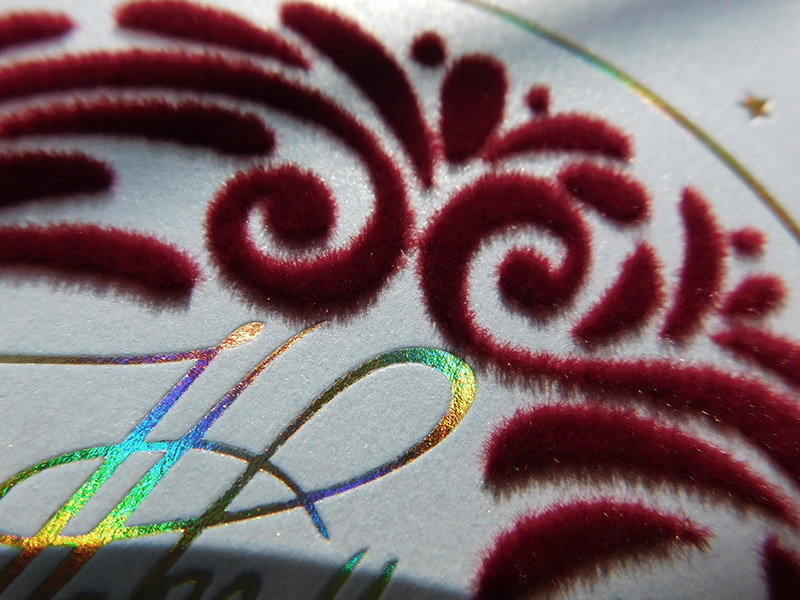Last week, we talked about the first key factory affecting printing quality, Printing itself, and we will continue the left factors.
Key factor — Printing technology (How we make the print on different products )
1:Hot stamping / hot silver

The scientific name is hot press transfer printing, or hot transfer printing for short, commonly known as hot stamping and silver hot stamping. Is by means of a certain pressure.
The method of hot stamping metal foil onto printed matter by force and temperature is also a cold pad printing method. It will be better if it can be matched with the convex or concave process; besides gold and silver, the colors that can be used include color gold, laser light, spot color, etc.
2:UV
It is the ultraviolet glazing mentioned above. UV is an abbreviation, which means that the ink can be dried and cured by ultraviolet radiation. UV is usually a silkscreen printing process, and now there is also offset printing UV. If you use the film to pass UV, you need to use a special UV film, otherwise, the UV is easy to fall off, blistering and other phenomena, and it is better to cooperate with special processes such as bumping and bronzing.

3:Embossing

The scientific name is imprinting. It is a process of forming patterns by partial changes of the substrate by pressure. After the metal plate is corroded, it becomes a pressing plate and a base plate for pressing. Divided into two kinds of cheap ordinary corroded version and expensive laser embossed version.
Convex is the use of a convex template (male template) to impress the surface of the printed matter into a three-dimensional relief-like pattern (the printed matter is partially convex to make it three-dimensional and cause visual impact). It is called convex; it can be increased The three-dimensional feeling needs to be made on paper of more than 200g and high-weight special paper with the obvious mechanism.

Indentation is the use of a concave template (female template) to emboss the surface of a printed matter into a depression-like relief pattern (the printed matter is partially recessed to make it three-dimensional and cause visual impact) through pressure. It can also increase the three-dimensional feeling. The requirements are the same as for bulging. Both embossing and embossing can be matched with hot stamping, local UV, and other processes.
4:Die-cutting

The die-cutting process is a forming process in which a special die-cutting knife is made according to the design requirements of the printed matter, and then the printed matter or other substrates are rolled into the required shape or cut under the action of pressure.
It is suitable for products that use paper of more than 150 g as raw material, and try to avoid patterns and lines that are close to the cutting line.
5:Glitter
It is to pass a layer of glue on the paper, and then sprinkle gold powder on the glue.

6:YO
It is an object like a spring, mostly plastic, which is generally used on the spine of wall calendars and notebooks to turn pages.

7:Film
Lay a layer of transparent plastic film on the printed paper. There are crystal film, light film, and matte film, which are called differently in many places and are not environmentally friendly.

8:Flocking
It is to apply a layer of glue to the paper, and then paste a layer of material similar to fluff, so that the paper looks and feels a little fluffy to the touch.

9:Screen printing
It can be operated on flat objects, spherical objects, curved objects, and even concave and convex surfaces, such as clothes, wood, etc., which can be printed with great flexibility. After printing, the ink layer is thick and has a strong three-dimensional effect. The screen printing process equipment is simple, easy to operate, simple printing and plate making, low cost, and strong adaptability.

Post time: Sep-10-2021


